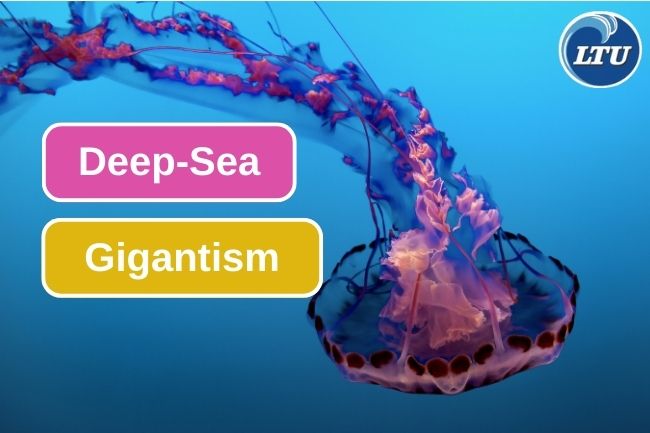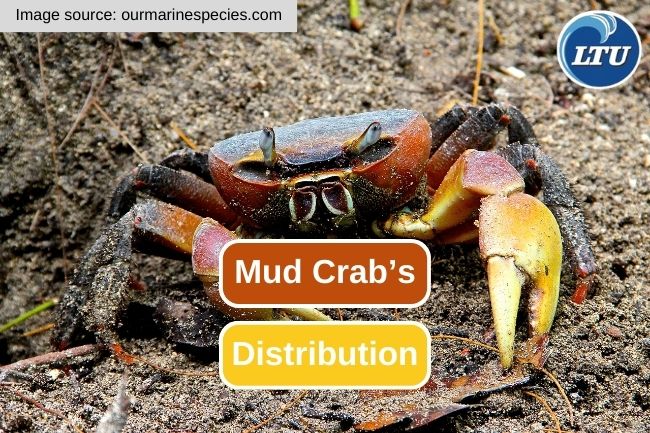This is What Causing The Deep-Sea Gigantism Phenomenon
By. Nevanda - 05 Jun 2023
lauttimur.com - Deep-sea gigantism, also known as abyssal gigantism, refers to the phenomenon where organisms that live in the deep sea grow to unusually large sizes compared to their shallow-water counterparts. It is a well-documented biological pattern observed in various groups of organisms inhabiting the deep-sea environment.
Read also: Here Are 5 Types Of Common Edible Squid
Several factors are believed to contribute to deep-sea gigantism:
1. Decreased Predation Pressure
The deep-sea environment has lower predation pressure compared to shallower waters. Larger size can provide advantages to organisms in evading or defending against potential predators.
2. Slower Metabolic Rates
The cold temperatures and limited food availability in the deep sea result in slower metabolic rates for organisms. This reduced metabolic demand may allow for the allocation of energy towards growth and larger body sizes.
3. Longer Lifespans
Some deep-sea organisms have longer lifespans compared to their shallow-water counterparts. This extended lifespan provides more time for growth, allowing for larger sizes to be attained.
Read also: 4 Health Benefits You Can Get From Milkfish
Examples of deep-sea gigantism include:
1. Giant Isopods
Bathynomus giganteus, commonly known as giant isopods, are large crustaceans found in the deep waters of the Atlantic, Pacific, and Indian Oceans. They can reach lengths of up to 14 inches (35 centimeters) and have a distinctive appearance with a flattened body and numerous legs.
2. Giant Squids
The giant squid (Architeuthis dux) is a legendary deep-sea creature known for its enormous size. It can grow up to 43 feet (13 meters) in length, making it one of the largest invertebrates on Earth. Giant squids have been found in various oceans worldwide, but due to their elusive nature, much of their behavior remains a mystery.
3. Giant Tube Worms
Riftia pachyptila, commonly known as giant tube worms, are found near hydrothermal vents on the ocean floor. They can grow up to 6 feet (1.8 meters) in length and have a unique relationship with chemosynthetic bacteria. These worms lack a digestive system and rely on symbiotic bacteria to convert hydrogen sulfide into organic compounds.
4. Giant Spider Crabs
Macrocheira kaempferi, also known as the Japanese spider crab, is a massive arthropod found in the waters around Japan. It has the longest leg span of any arthropod, reaching up to 13 feet (4 meters) from claw to claw. These crabs inhabit depths of up to 1,000 feet (300 meters).
5. Giant Siphonophores
Siphonophores are colonial organisms related to jellyfish. Deep-sea species such as Praya dubia can grow to exceptional lengths, with some individuals recorded to be over 100 feet (30 meters) long.
These are just a few examples of deep-sea gigantism in the deep-sea environment. The deep sea holds many mysteries, and there may be other undiscovered giant species yet to be documented.
Read also: 5 Things That Marine Collagen Does For Human








